-
Content count
712 -
Joined
-
Last visited
Posts posted by Yamma-Fox
-
-
I thought their website spelled out the details on that? But maybe I'm thinking of another prop mfg's website...
-
Jim you need to start snapping these up.. flip em and make a few bucks.
Then start another reality TV show where you are the star and get rich!
Call it: "Flip This Plane"

-
Im wondering if I need to stop thinking out loud, I’m starting to poke some holes in my theory...
I'd say you are spot on.
Many people don't understand that dyno charts ARE at full throttle for all data points. You open it up and let the dyno load it down to different rpms and take torque readings. Then HP is figured backwards through the formula (T x RPM) / 5232 and the curve between the points that the dyno recorded is interpolated.
Common misunderstanding is for someone to think that if they throttle back to 5200rpm (in your example) that they are getting the 50 HP from the chart but the engine is actually putting out far less when throttled back.
-
I guess I look at HP as king in determining an engines "power" because it is the combined product of torque and rpm. It gives a better sense of what work the motor can do.
As mentioned above the awesome total (horse)power of a PT6 is all about rpm and very little about torque. And a steam engine's awesome (horse)power is all about torque and very little about rpm. IMO you really need to rate each by HP to be fair to one another.
So anyway thats why I think HP is a better "guage" of total power but next to as important is the "power band" which in my mind is best defined by torque graphed against rpm. A long flat torque curve = a broad powerband.
Two charts below show this. The Yamaha Apex is an example of a broad powerband, with torque (value read off vertical scale on right) remaining very constant from 6500 to 10,500 rpm. A 4 thousand rpm power band where consant torque gives HP the opportunity to build from about 95 to 150 (read off vertical scale on left)
The second graph is of a 2 stroke 2cyl liquid Rotax 440. Two strokes generally build great torque but hold it for a shorter rpm range. The "rpm length" of that flat area of torque occurs over a shorter range (2 thousand rpm or so). "Peaky" or "Narrow Power Band" where it is even more important to get your snowmo clutching or prop size and pitch just right to harness the power.
So IMO HP is the best total power rating and torque curve is the best way to understand how the engine makes that power... and how fussy it might be if "optimal" canditions are not met.
-
I'll give it a shot here: First off you cant have one without the other since they are tied to each other but in my simple (and sometimes warped) way of thinking - It's either additional torque or additional rpm that "makes" additional HP. One (or both) has to "be the multpilier" in the equation.
I think of torque as a big guy slowly (low rpm) powering someone over when armwrestling. Torque makes the power... more torque wins.
Each engine is obviously different but typically when an engine begins to level off at peak torque then additional rpm can increase HP, even though torque is not changing much with more rpm. You can see that in dyno charts and in the general equation:
HP= (Torque x RPM) /5252
I think of extra rpm making HP as beating a stronger guy (guy with more torque than you) in armwrestling by gaining speed and using that speed to beat him. With the extra speed you may have less torque than him but you have more resultant HP (due to inertia/momentum). Speed (rpm) makes more power and more speed wins.
Side notes:
The rpm side of the equation is where the little 1000cc 4cyl Yamaha gets its power (rpm makes HP). It would be a pretty modest powerplant if it's rpm were more "normal".
Boost (turbo) gives an engine more torque at a given rpm, and therefore more HP (torque makes HP).
Also, most importantly our PSRUs primarily bring prop rpm in range, but also are torque converters... trading RPM for a huge increase in torque. So when measured at the prop, torque always is the bigger multiplier (over rpm) in the power equation for what we are doing, and I think that is why most people will say that "torque turns the prop".
3 people like this -
-
Looks like you made up your mind but the kitfox kit is a 1 hour job. If "looks" are paramount then build your own but with the kitfox ones you just trim, snap on and fly.
The kit comes with an aluminum cuff for the lower union of the two struts but I didn't see a reason to mess with it. If I ordered again I'd just buy the 4 snap fit plastic fairings.
-
Still hard for me to wrap my mind around rpms that high. JImChuk
Sometime here you need to get some stick time behind one Jim! Mine only rapps out about 9k so that will be a good 1st step initiation

FWIW the Phazer ecu rev limiter is up around 12k and many sport bikes (of the same engine class) are up N of 15k. They're made to do it!
1 person likes this -
Anything new on the Phazer development?
Teal is hoping to have a prototype gearbox out this spring for testing. It will be a design similar to his Skytrax Apex gearbox-adapter (all in one) that replaces the end housing on the engine.
Otherwise "72chevy" here in this group has everyone beat with his prototype running a c box and pulling how much thrust at what weight again Duke?
-
Yep my kitfox 5 has em just like that. Shown in the builders manual. They are sst pop rivets and with a little time they get a little slack. I just replaced all mine at 500hrs TT. Same used on my rudder pedal torque tubes. Those had a bit more slop in them.
-
And were you able to purchase the apex mount, header, and R1 airbox that those brothers built for that plane?
-
-
There's always a dumbass or two out there who will make stupid comments. You'll find less of em here because we'll all hop on and tally-whack them but Facebook is often like a a steamy shit pile that attracts those type of flys

(Spoken from first hand experience LOL)
As far as your mod to trike - I really like it and would probably do something very similar if I ever go back to wheels. I would like to have a trike that has a super light nose (mains set up very slightly aft of CG) and keep the tailwheel... kind of a hybrid where you can power down the tail at will while taxiing, or plant it on the nose depending on your elevator input.
Keep us up to date on how the project is going!
-
Is this the guy who recently tried to restart Avid back in business now selling off?
-
I was gonna stand up for Ford here with my 1 ton Stroker... buuut I guess I really don't want to "go there" against that ^^^ rig!



 2 people like this
2 people like this -
For the Apex gearbox - Teal Jenkins phone / text number is
+16237340185
And to answer the EPeX $$ question from earlier posts here, I was wrong once again (which is good) and the price for 300HP is mich less that I guessed. It is actually right about $25k. The EPeX is basically a zero timed - major overhaulled Apex with all new and upgraded internals.
-
What did Hal have to say about the straight blade R-118 or scimitar Luga SR-118 (79") on your engine?
I would probably gain some static thrust and improve takeoff marginally and possible a little more climb, but at the cost of considerable drag in cruise.
I may still try a set of the 79” blades anyway at some point in the future.
Yeah wow it sounds like that 72" is working great! I would have thought you might overpower it and have to pitch it out of its sweet spot.
And apples and oranges but FWIW my 79" SL118 doesn't seem to have a speed penalty. I'm getting 120 mph with it while dragging two 14 foot long air mattresses through the sky.
And your power to weight ratio is better than mine so it would be interesting to see how the longer prop works on yours but dang I don't imagine it would be much better than what you are getting right now.
-
What did Hal have to say about the straight blade R-118 or scimitar Luga SR-118 (79") on your engine?
-
FIRST FLIGHTS!
(Just reposting here after the server problem. I Like to keep this thread updated for those that don't do Facebook and also as a backup for what I post over there.)
Below is a video of my first flights and some other pics. But first I'll post a copy of my write up of impressions after 3 days of flying:
IMPRESSIONS OF THE YAMAHA AFTER 5 HOURS FLYING IT:
I'll start off by telling you that (being a 100% Yamaha enthusiast) I am gonna set aside that admitted bias and be as entirely impartial as possible here.
So with that in mind I'll start off with the cons:
"Re-sellability": The Yamaha is an unknown to the majority of people and I would assume it might take some time and education for a buyer to be comfortable with buying a plane with an owner built Yamaha (different story entirely for one done from a name reputable builder such as Wild West or Edge Performance). To that end I have no plans to ever sell this plane.
Insurance: If you SPECIFY that you have a Yamaha you will find it very difficult to find a policy, as is true for many other auto conversions and lesser known power plants. I unfortunately am "self insured".
Noise level: It really is NOT louder than any other engines in it's class, but it has a different tone that seems to travel farther. My two inline mufflers bring it down much more and I'd call it quieter than the average plane with a gearbox.
RPMs: You gotta do your research on how well these motors do in snowmobiles and sportbikes, or have owned one, and also have to fly it for a couple hours to get used to it in a plane. At first it admittedly is strange. Once you get used to that you will find it (as anyone who has owned one will attest) to be an unbelievably smooth and sweet running engine that just loves to hum along at 7.5-8.5k cruise and loves even more to scream a little when you call for it! Simply put: It was built to do it and it has proven to do it well.
Now the Pros: (In no particular order)
Cold start: (in my case with a centrifugal clutch) Two days here my start was at about +5F after sitting out on the ice with no preheat or cowl blanket. Fired right up and purred along. Again, It is a snowmo engine and was built for that.
Extra power: I am flying a plane built around the 80 HP 912 and on floats it would fly well with a 100 HP engine. Flying the RX-1 I have chosen to fly prop pitch derated to about 120 HP static and I'll typically take off with that, level off quickly and pull flaps and throttle back to approx 100 HP (SWAG) and climb out at about 800fpm (@1150lbs and 20F). When I "punch it" in the climb I am getting more like 130 HP due to ram rise RPM and solo in the cold weather at Vy it climbs steeper than I need. It is just SO nice to be able to pull power and climb VERY well at approx 70% of what the motor is desinged to do!
Cost per HP: I'm at a little under $9k for everything (less my time) and including a new prop and have capability of 140+ HP with a simple prop pitch change.
Run Quality: Absolutely the smoothest running and most throttle responsive recip I've flown. Even down at idle when you tap the throttle it is right there.. push it all the way and it'll snap you back in your seat. 40 to 90 mph happens quick!
Not a drip of anything: Besides the initial start "burp off" of my coolant overfill this thing has not dripped one drop of anything. That is obviously great on many levels but to me mostly in that if I ever see even one drip I know that I need to for sure track it down and figure it out.
Ok that is off the top of my head here now and I'm forgetting some things but overall I think you can see that I have most definitely NOT been disappointed!!
8 people like this -
That reminds me to pitch in a few $$ again so that some of that money you are pissing away can be off your shoulders.
Sometimes shit doesn't go right.. it happens.
Thanks for all that you do man.
1 person likes this -
I really am amazed and thankful for all the developers out there that invest the time and money that they do in bringing new technology to the EAB world. It's just awesome that they do that!!
This thing is really cool and might just be ahead of it's time (as also have been other turbine attempts). But for now I guess I still look at this as a prototype design that has some proving out to do.
Down the road I would guess it might work out well especially for the 180-300+ HP power applications. But it doesn't seem like a good fit at the low 100 HP point when trying to compete with all the options we currently have unless the ticket price were to really come down.
-
I know you are looking for how it does on a 582 and there are some experts here on that. But FWIW Ive got two friends with 140 HP Yamahas running the clutch and the 79" prop. Both have over 500 hours on them and the clutches have been doing fine for them. Apples and oranges for sure but I only bring it up because I think that says something about capacity and longevity.
-
-
Oh and also I found it interesting to hear when I talked to Steve Henry about the windmilling prop. He said he couldn't tell much of a difference in his glide ratio between a windmilling prop or a "stopped " prop.
If it were anyone but the "Dead stick take off" guy telling me that I would have expressed a doubt about that opinion but I figured he was pretty well qualified to it.


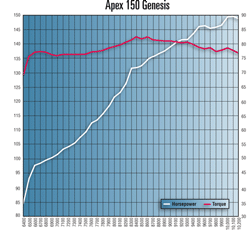
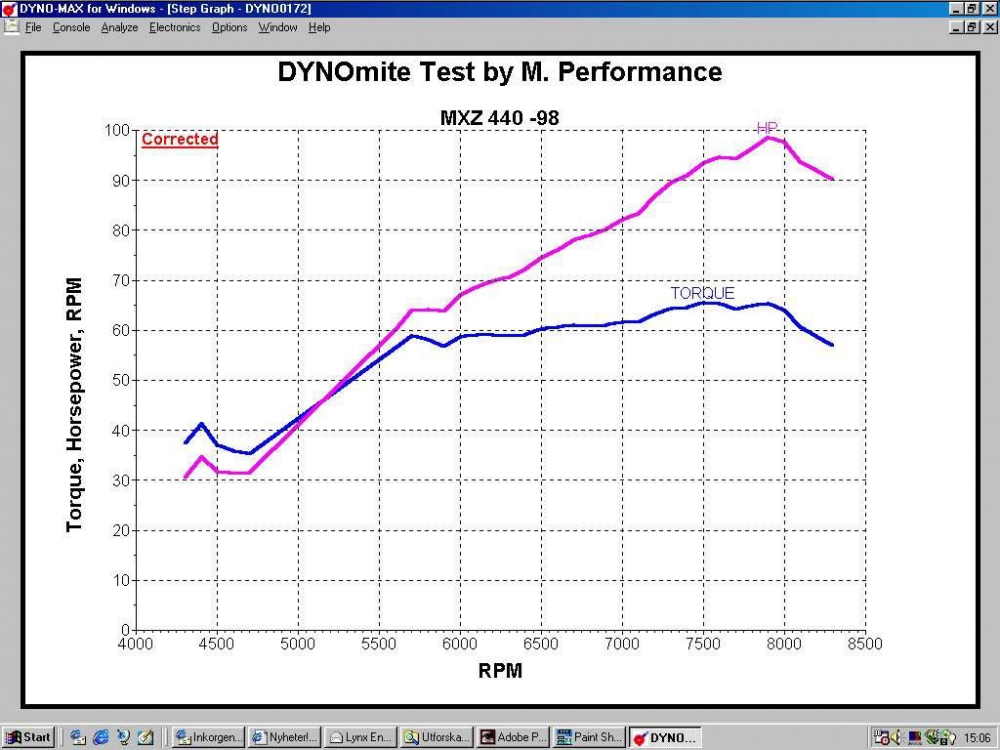

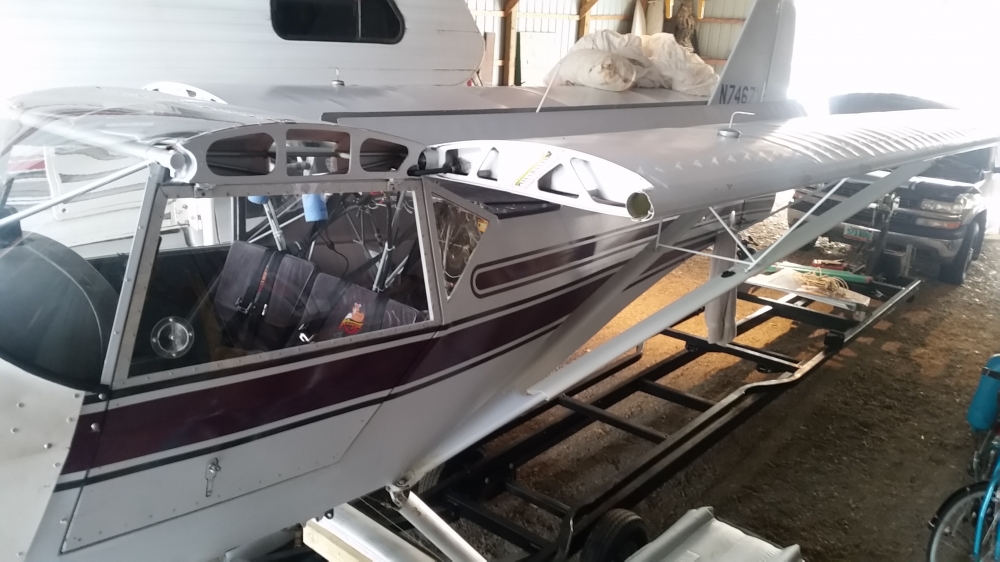

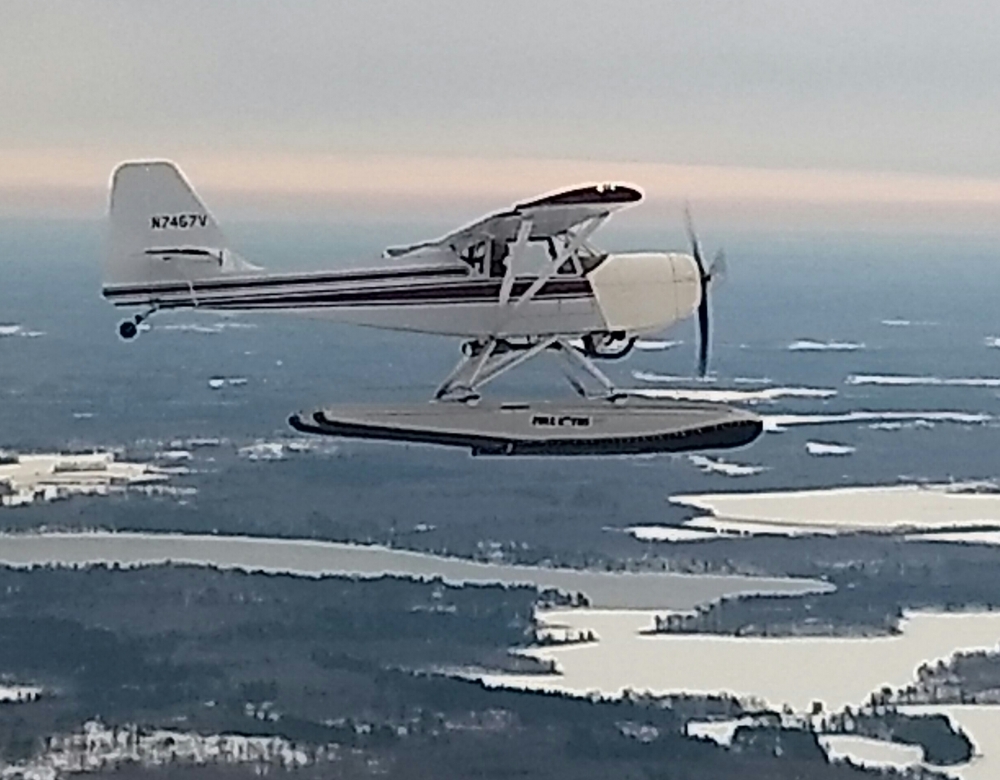
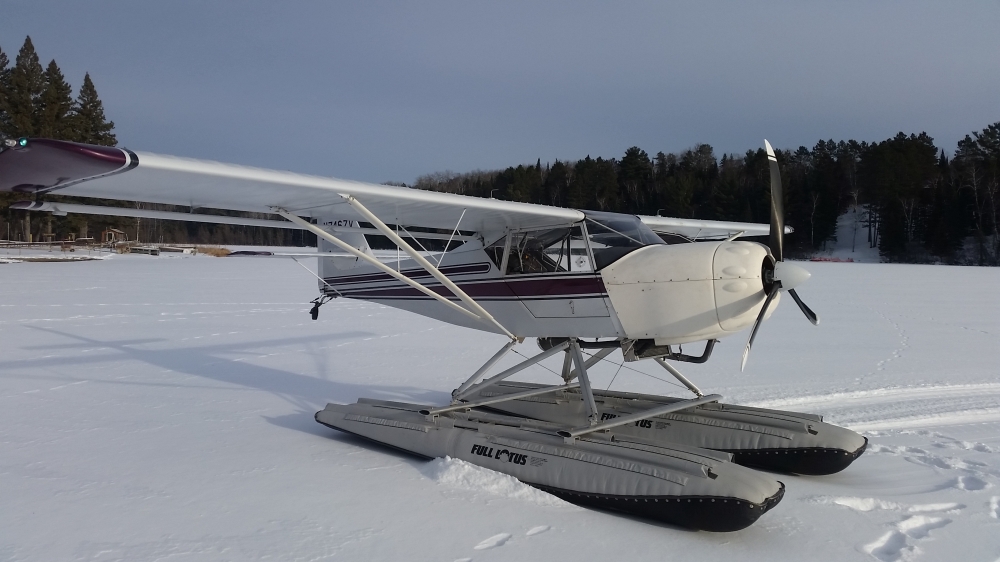

Yamaha Engine Mounts and FWF components for Avid!
in Avid Model IV
Posted · Edited by Yamma-Fox
William's phone number is 701-651-0122 for anyone interested in his mount or other FWF parts for the Yamaha.